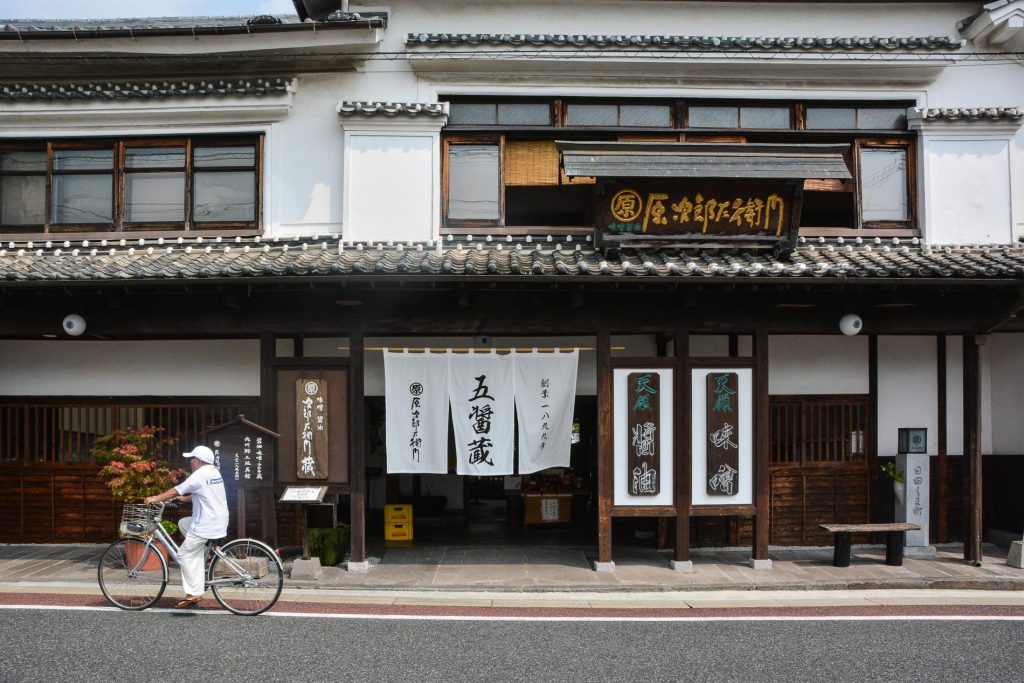If you are in Hita, you should visit two important factories in the city. Harajirozaemon is a miso and soy sauce brewery, and they even make Japanese lemonade (ramune). The second one is Motono-hakimono Factory, which makes traditional wooden shoes called geta. It’s time to discover these Japanese crafts!
Miso, Soy Sauce, and Ramune Factory in Hita
This factory located in the centric Kuma district was established in 1899. Harajirozaemon has a worldwide reputation as one of the best soy sauce manufacturers, even some star chefs in Japan love its products for their large tables. They also create a special soy sauce from a popular Japanese river fish, ayu. In addition to making soy sauce, Harajirozaemon also makes miso and Japanese lemonade called ramune. Through its factory tour, you can learn more about the creative process, the history, and the products they make.
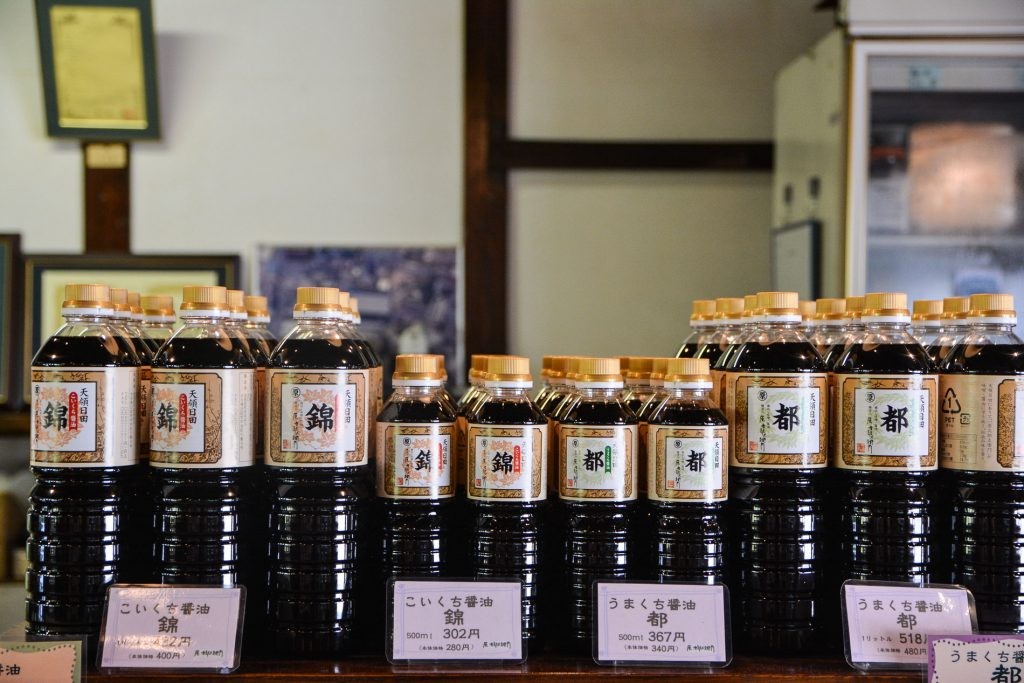
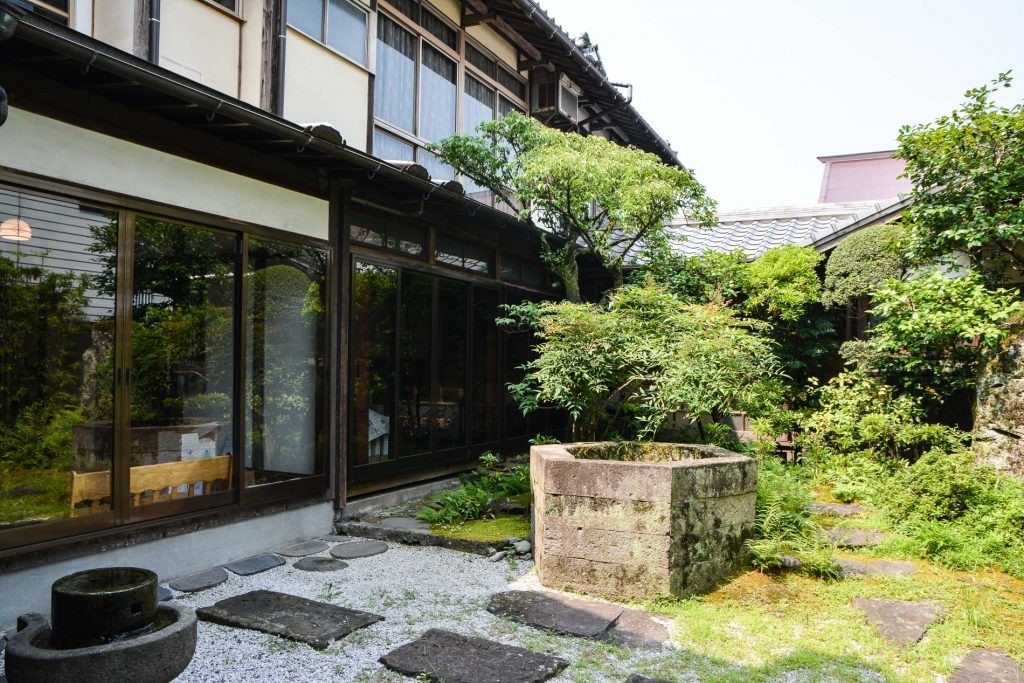
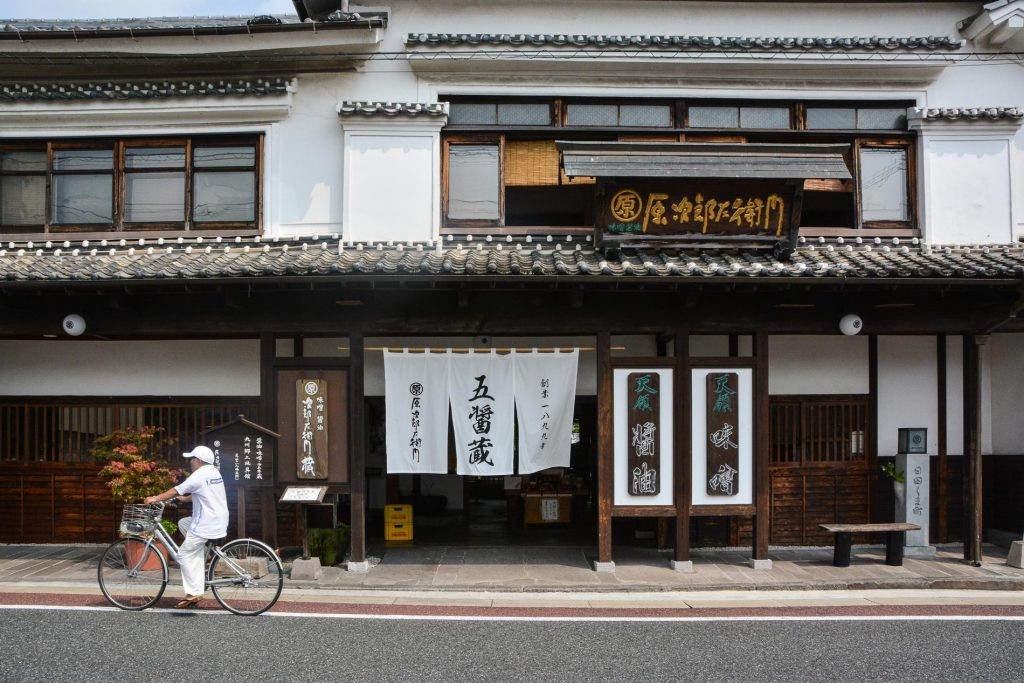
After participating in the many workshops, we were able to have a small tasting. There are many kinds of soy sauce and miso paste available to sample. You should know that, in Japan, shoyu (soy sauce) is normally used as the basis for seasoning. It is used for meat, fish, sushi, tofu, marinades, and broths. And for each meal, they use a different sauce!
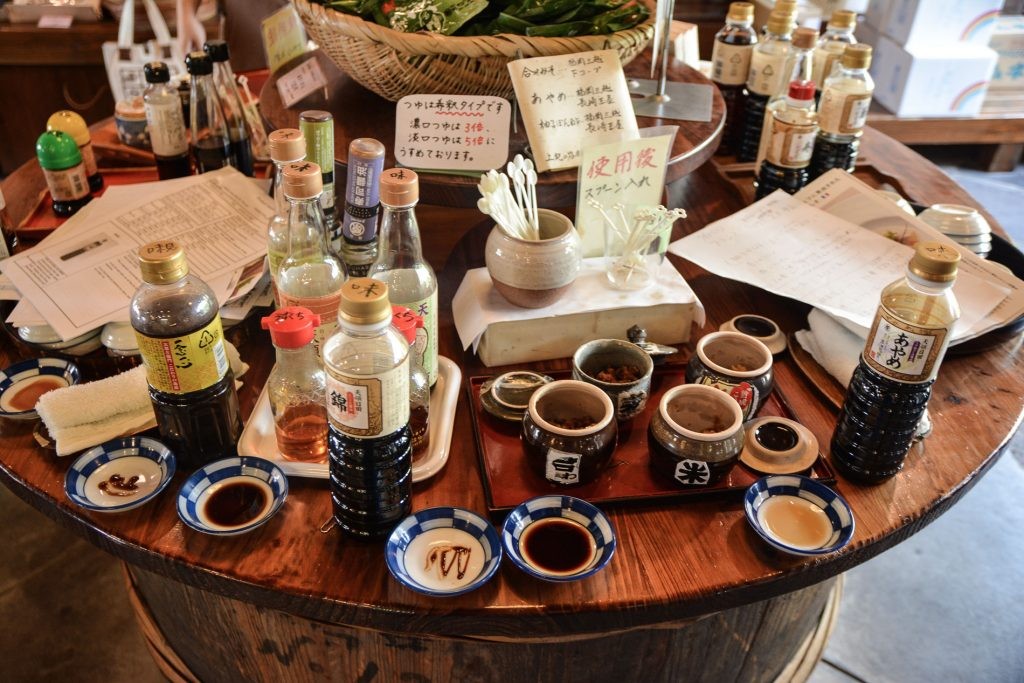
Miso
Miso is often indissociable from soy sauce, as it is also a fermented soybean paste. It is a strong protein ingredient, more or less salty, and is also the fundamental seasoning used in many dishes of Japanese cuisine: miso soup, ramen, udon, and more. The fermentation time varies the intensity of the taste.
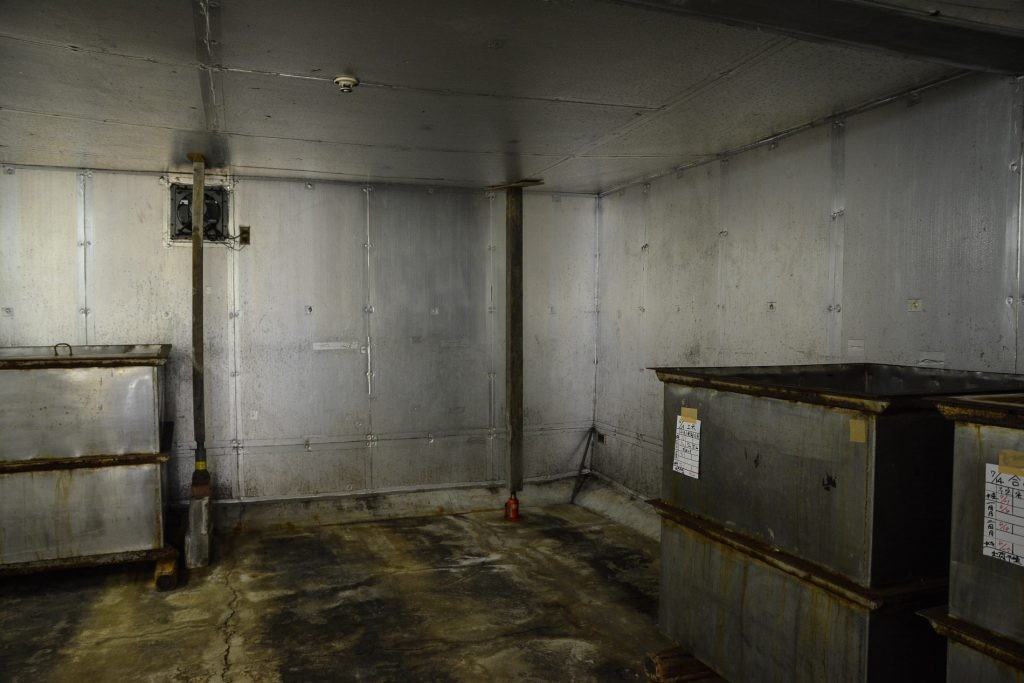
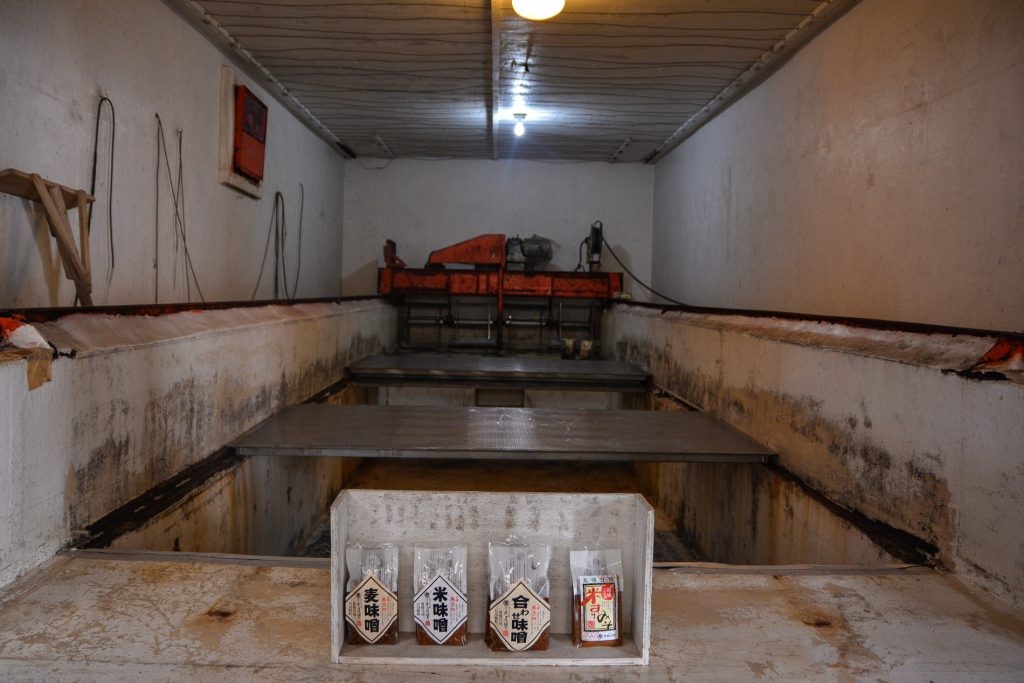
Soy Sauce
To make soy sauce, there are four steps:
Soybeans are initially steamed, sometimes grilled and wheat is added, crushed, then salt and malt seeds are added. The malt mixture is called the kouji. It is placed in vats and fermented for 1 and a half to 3 years. The craftsmen monitor and control the temperature for the entire fermentation process. Later, the mixture turns into a paste called moromi. Then, this dough is pressed to produce the soy sauce.
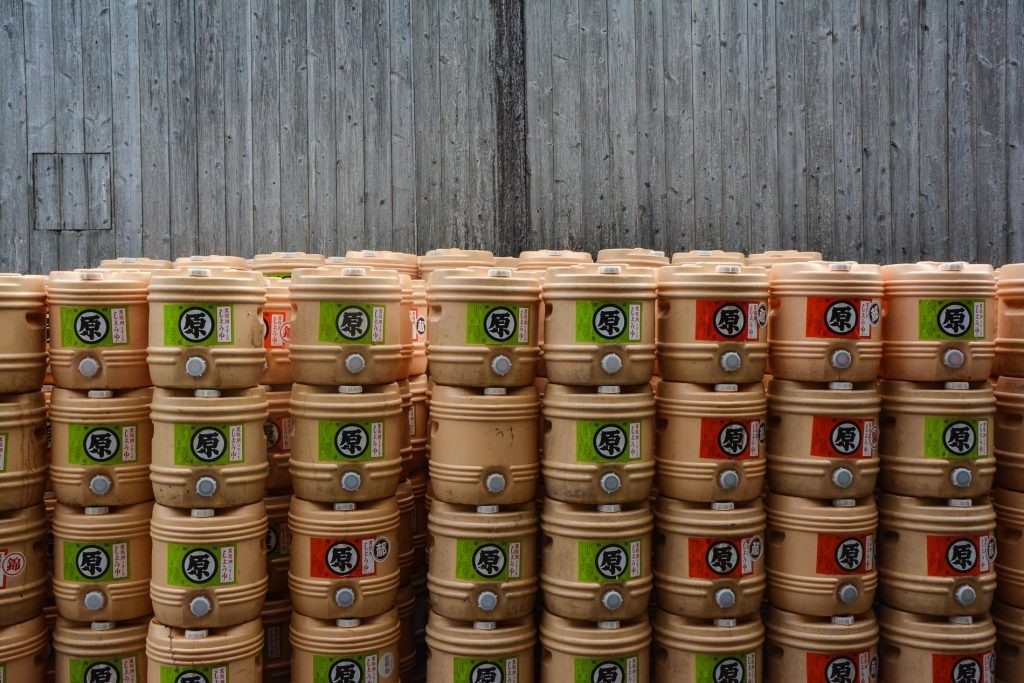
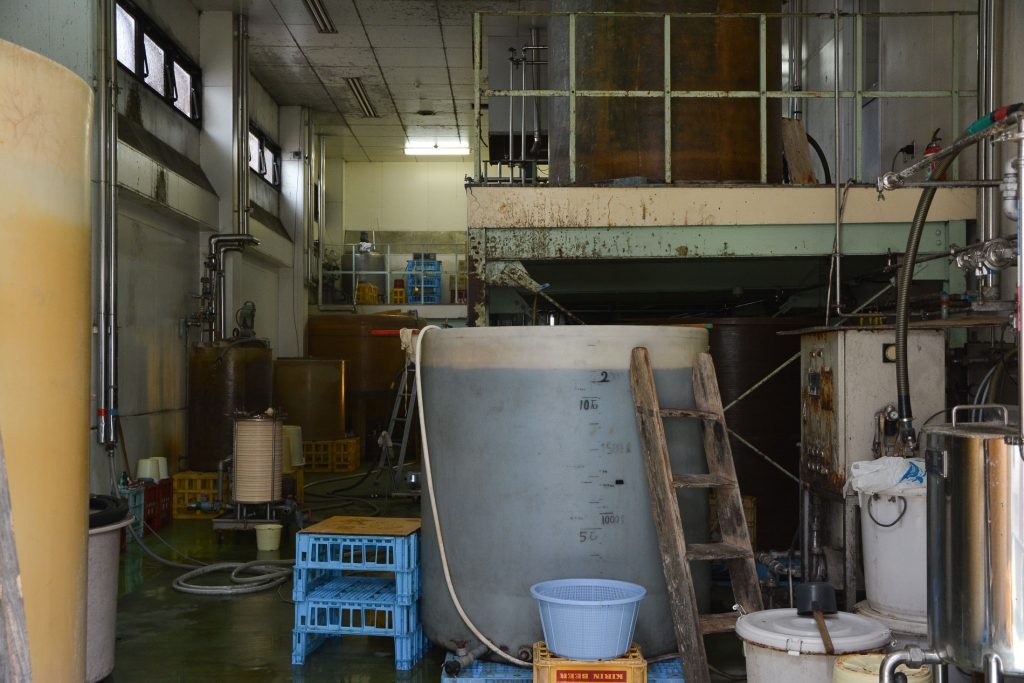
Ramune
Ramune is a phonetic deformation of the English “lemonade”. It is therefore a non-alcoholic soft drink sold in Japan. You might recognize the iconic design of the bottles: They are made of glass and are sealed by a ball of the same material. This ball blocks the bottle’s opening thanks to the pressure exerted by carbonated water. To open it, just remove the cap above the bottle and push the ball inside. As for flavors, they serve every flavor imaginable: lemon, peach, strawberry… Ramune is a typical drink for Japanese festivals (matsuri), perfect to refresh in the middle of summer!
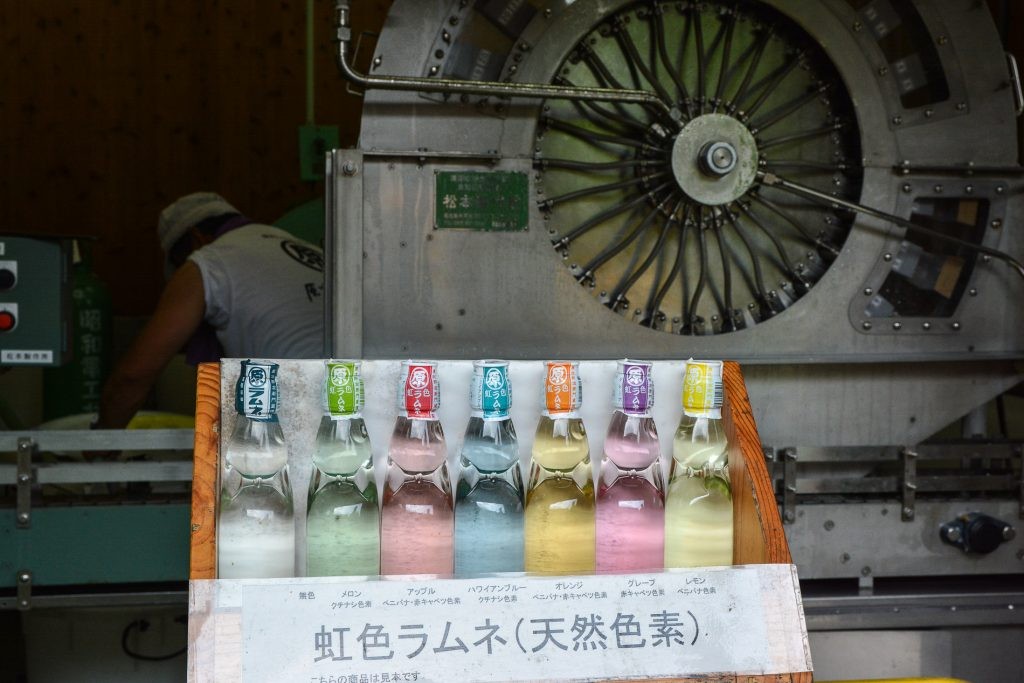
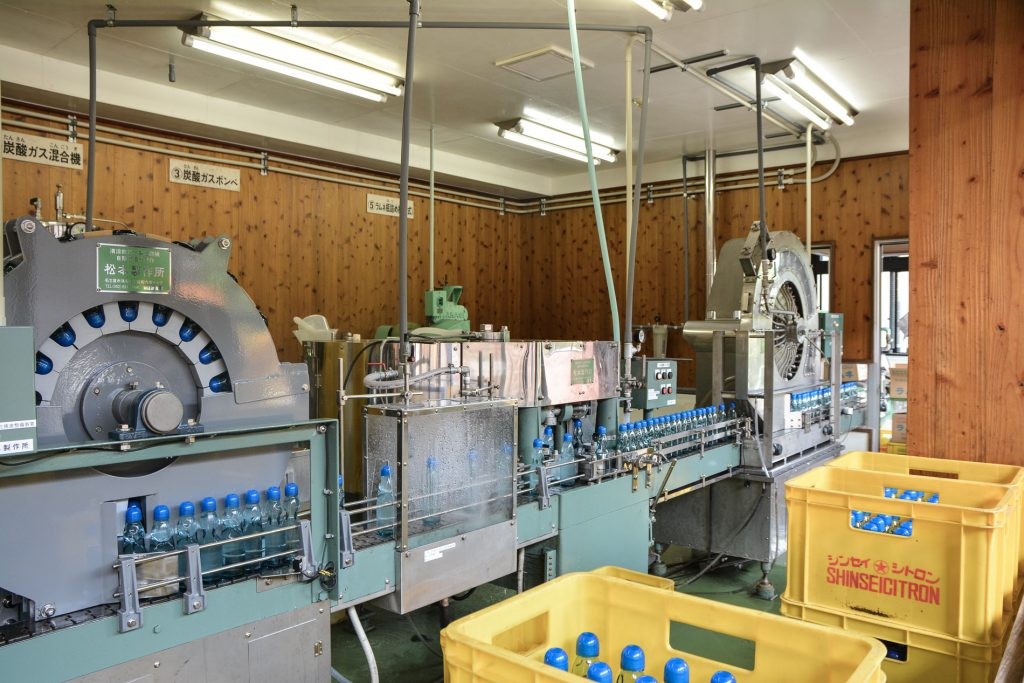
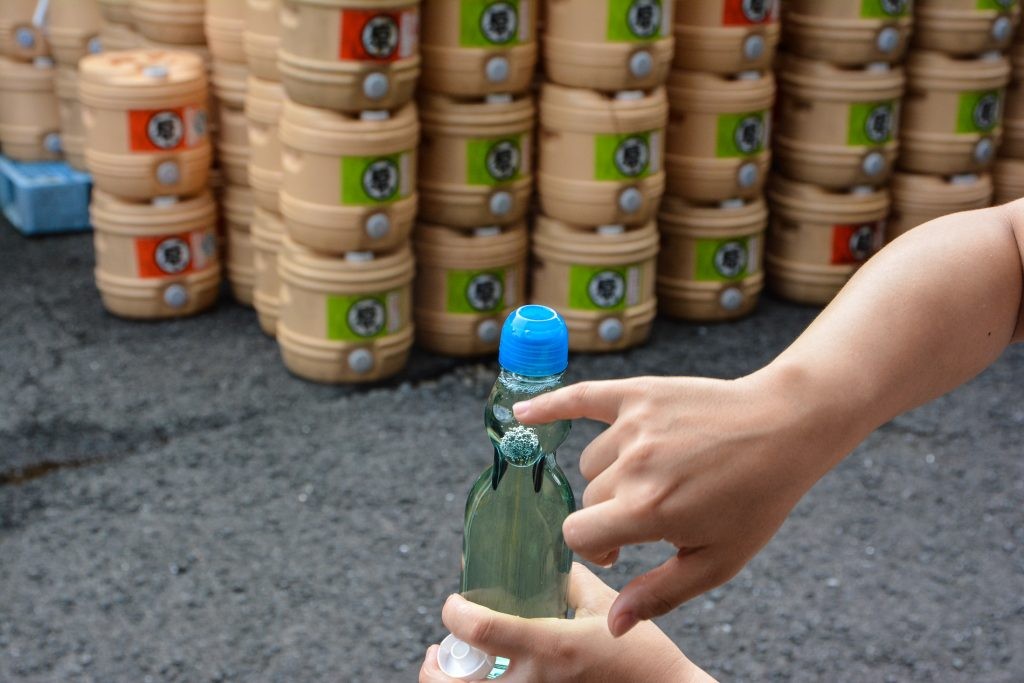
General Information about this experience
Kuma district is located in the heart of Hita. Since the Edo era, this district has developed a flourishing culture and commerce. These days, the Gion Festival and Hinamatsuri are held here. Harajirouemon are the ones who organize factory tours with a guide, and they take about 20–30 minutes. Please make a reservation in advance.
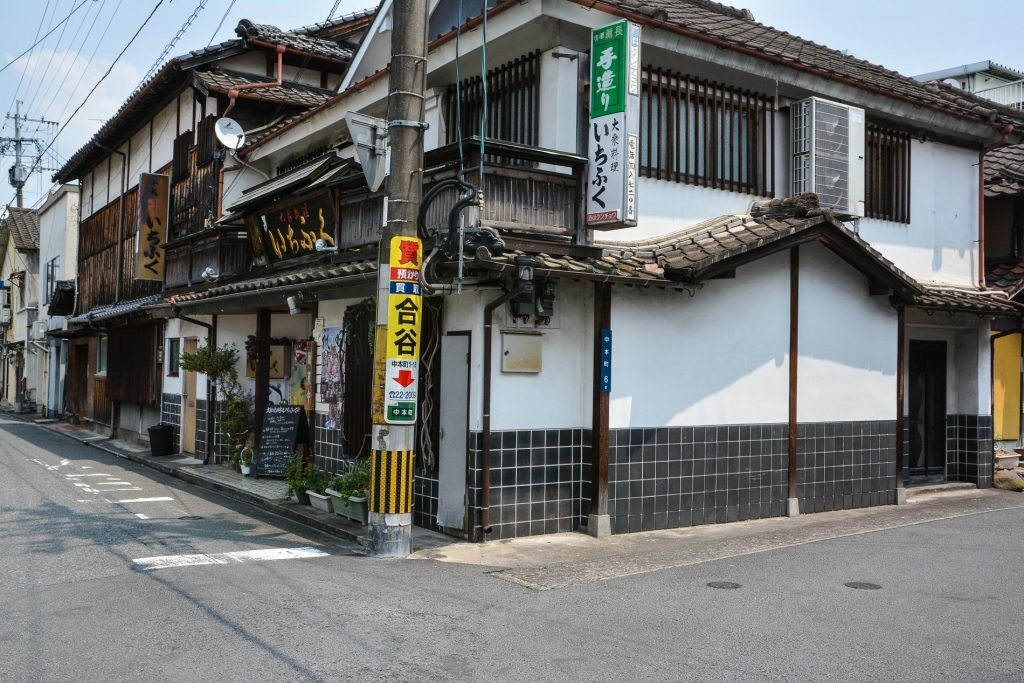
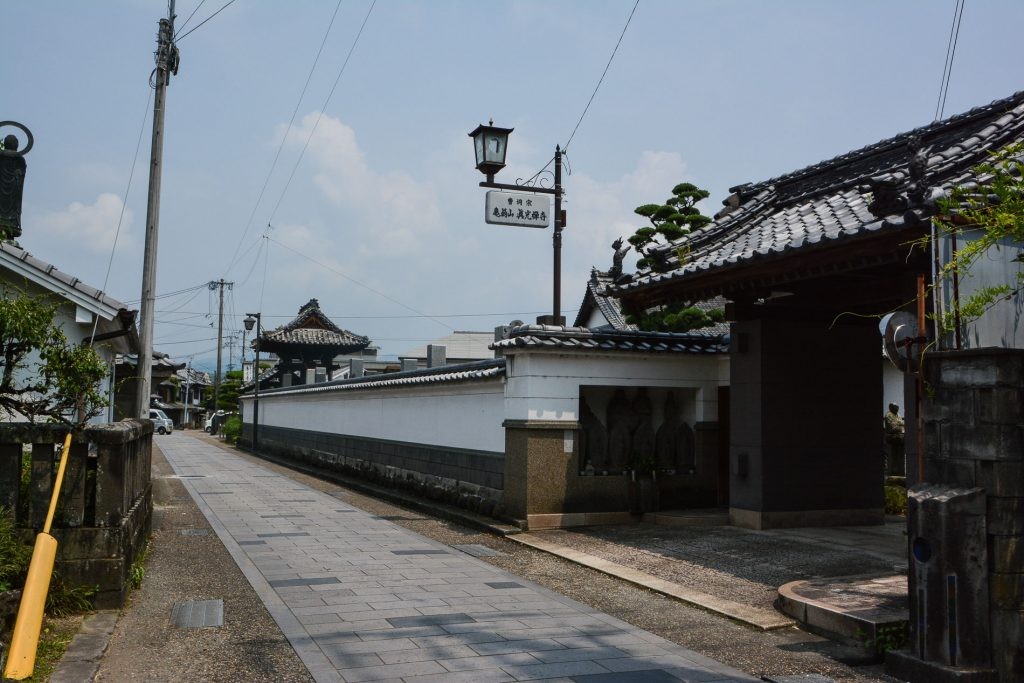
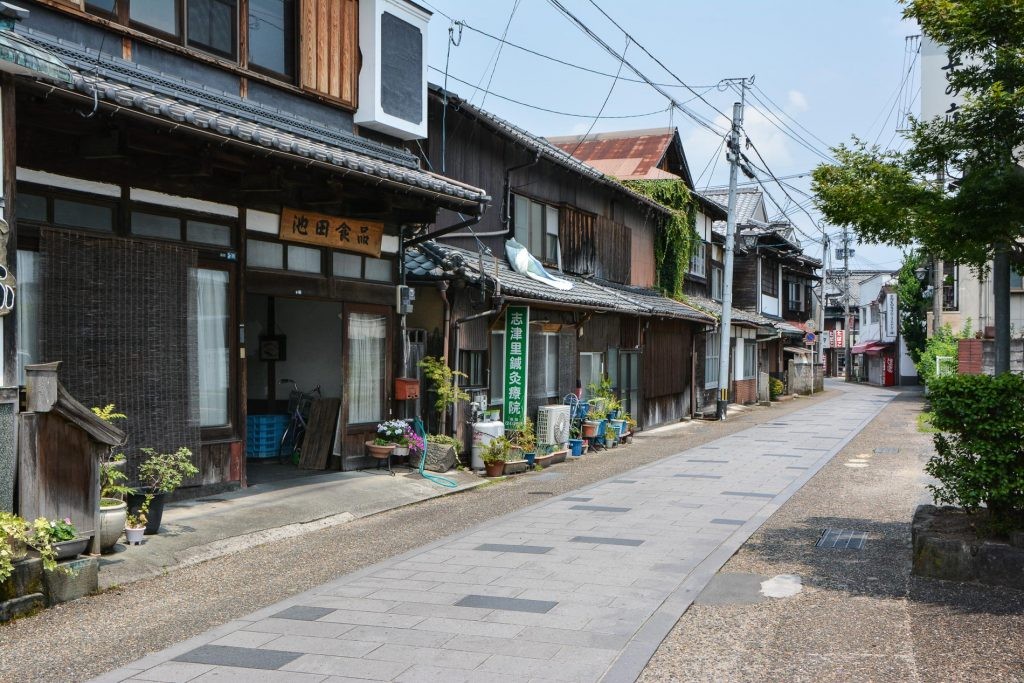
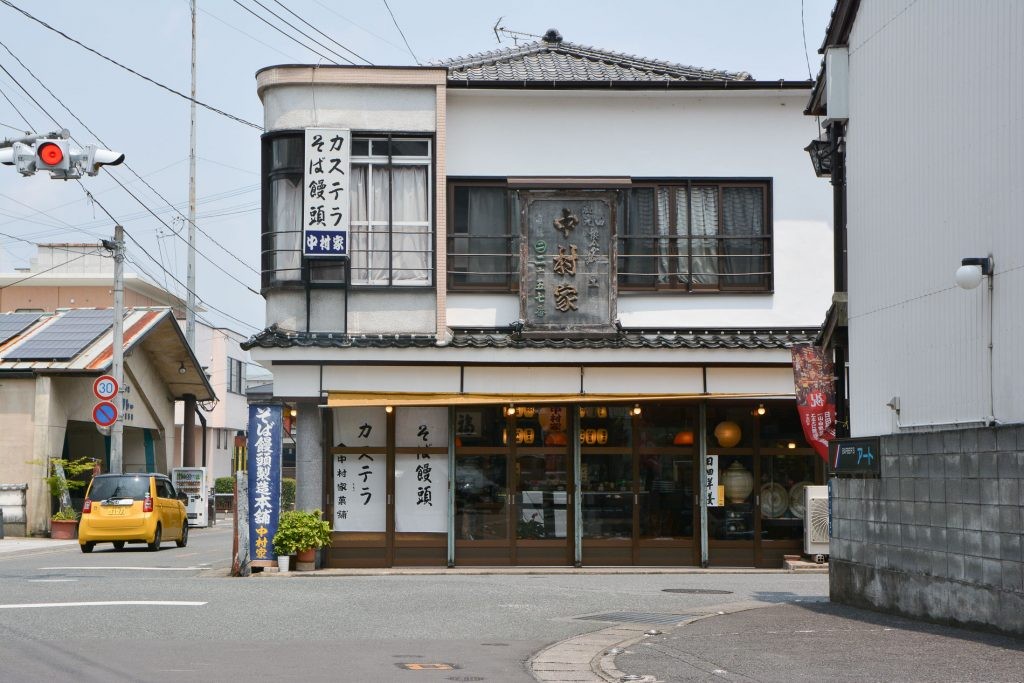
Geta Shop in Hita
Motono-Hakimono factory produces traditional Japanese shoes called geta. The production in the region began around 1830. Along with Shizuoka and Hiroshima, Hita is one of the three largest regions where the traditional method of making these shoes has been maintained. The geta always has a wooden sole, called dai. The hanao is the lanyard that allows us to carry the geta. They are generally cotton and the patterns may vary. Shoes may or may not have “ha” teeth that vary in number and height. If you buy a pair, know that it will be necessary to wear them in the Japanese style, with your heel protruding slightly over the back edge.
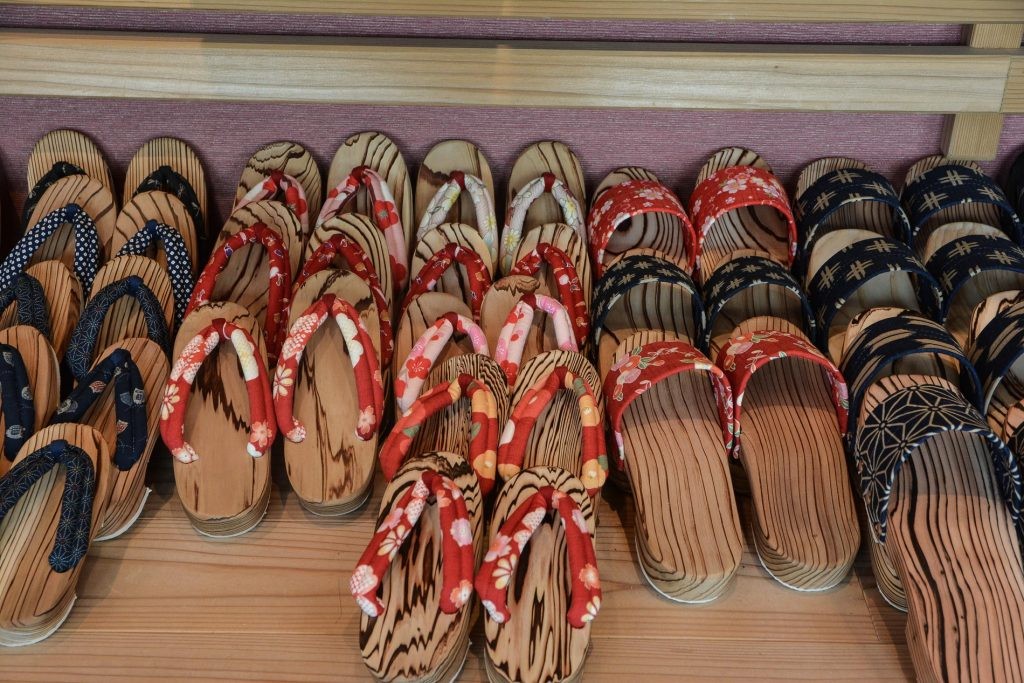
I was able to visit the geta factory. There you can learn the whole process of making geta. They start by cutting a piece of wood and planning it to fit the foot’s shape.
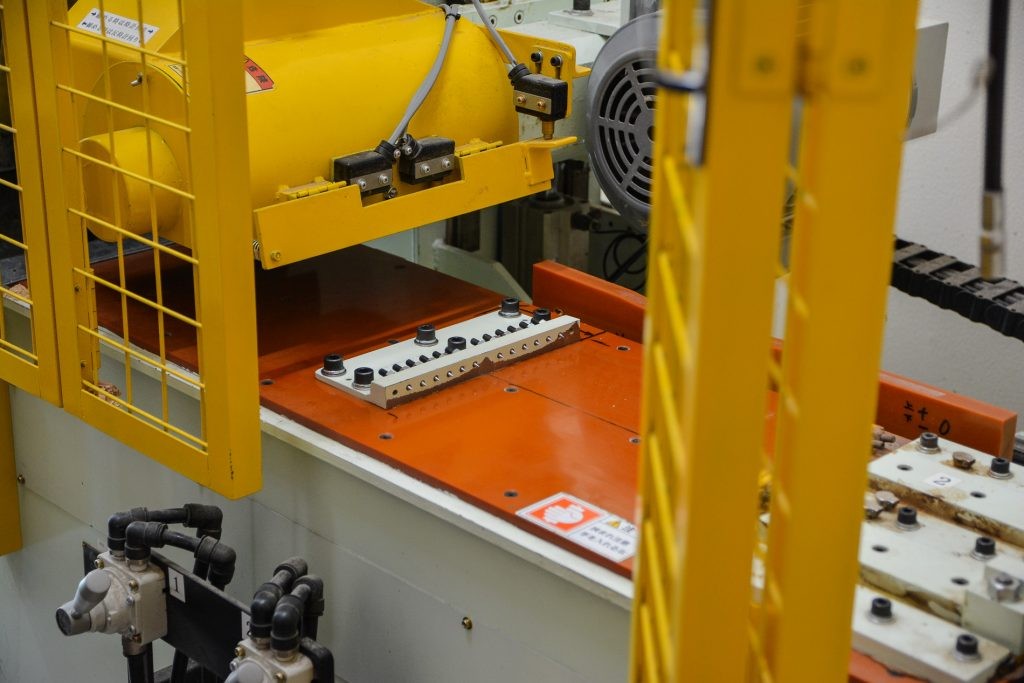
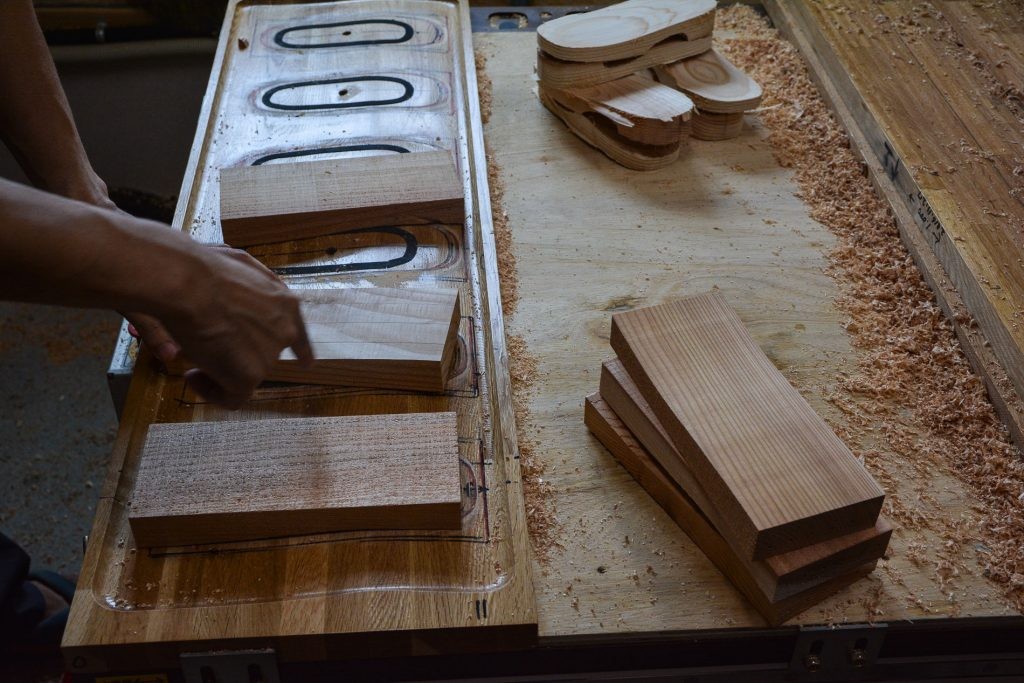
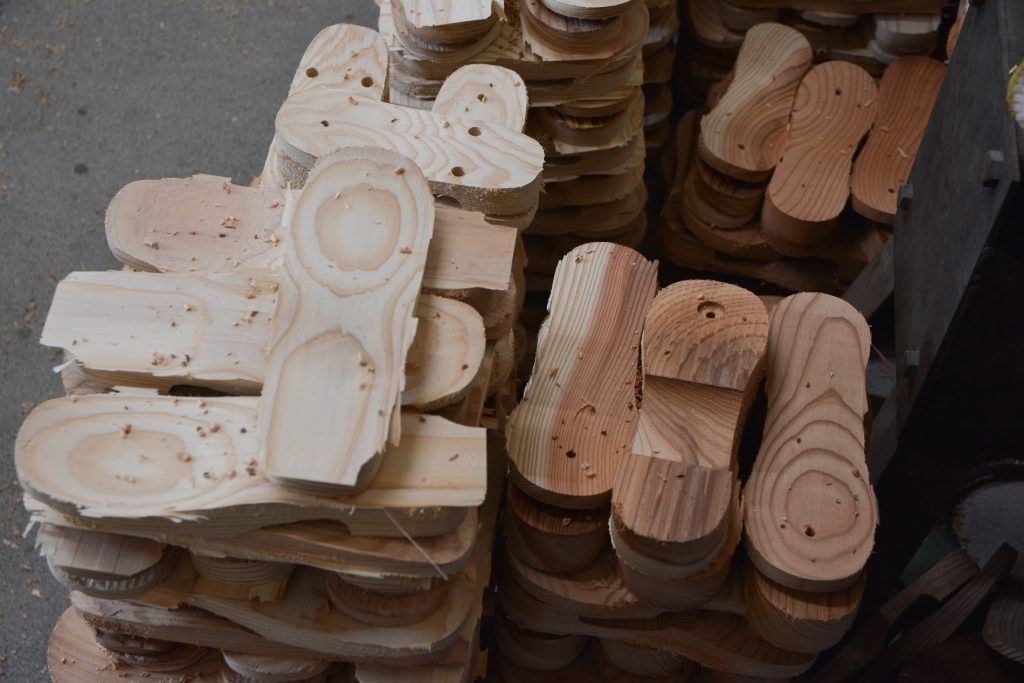
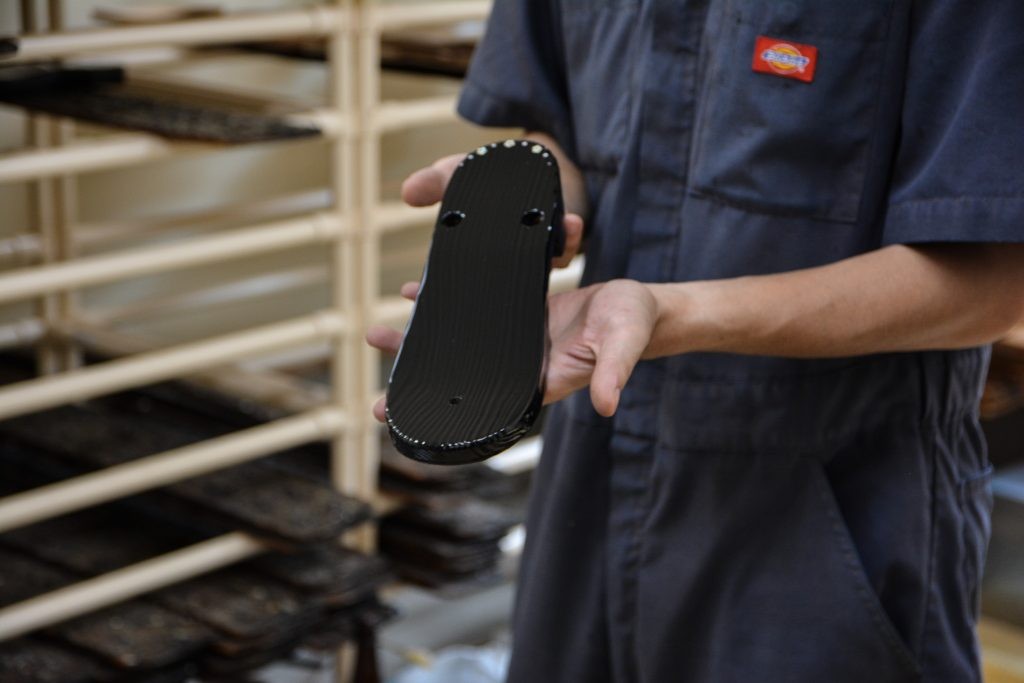
Then a machine cut the area around the piece of wood to define the shoe’s shape. Right after this stage, they pierce the shoe where the hanao will go.
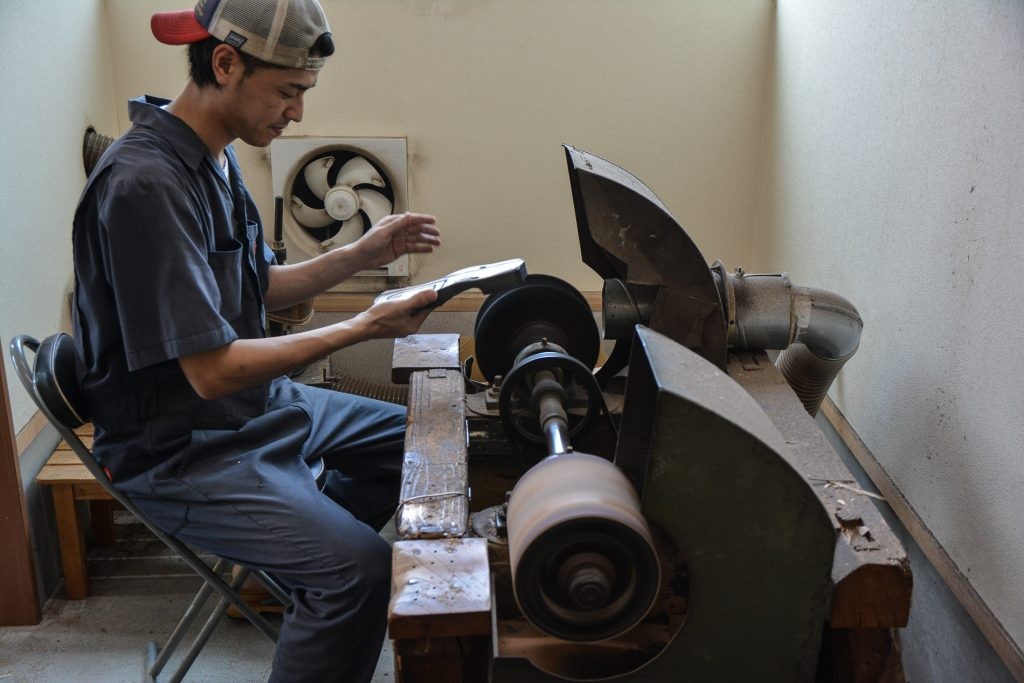
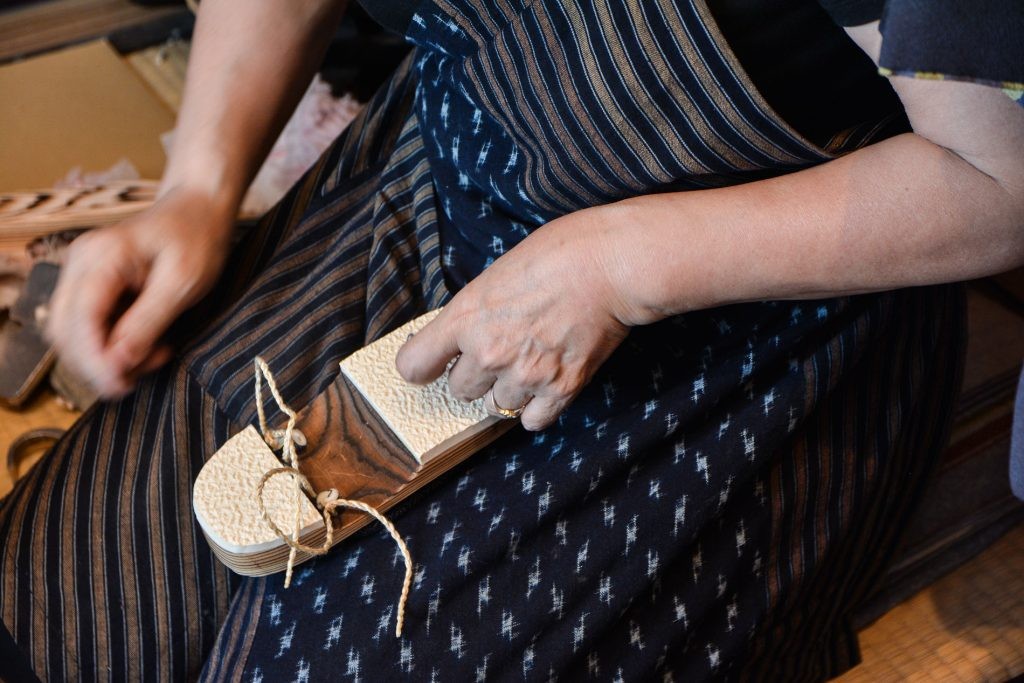
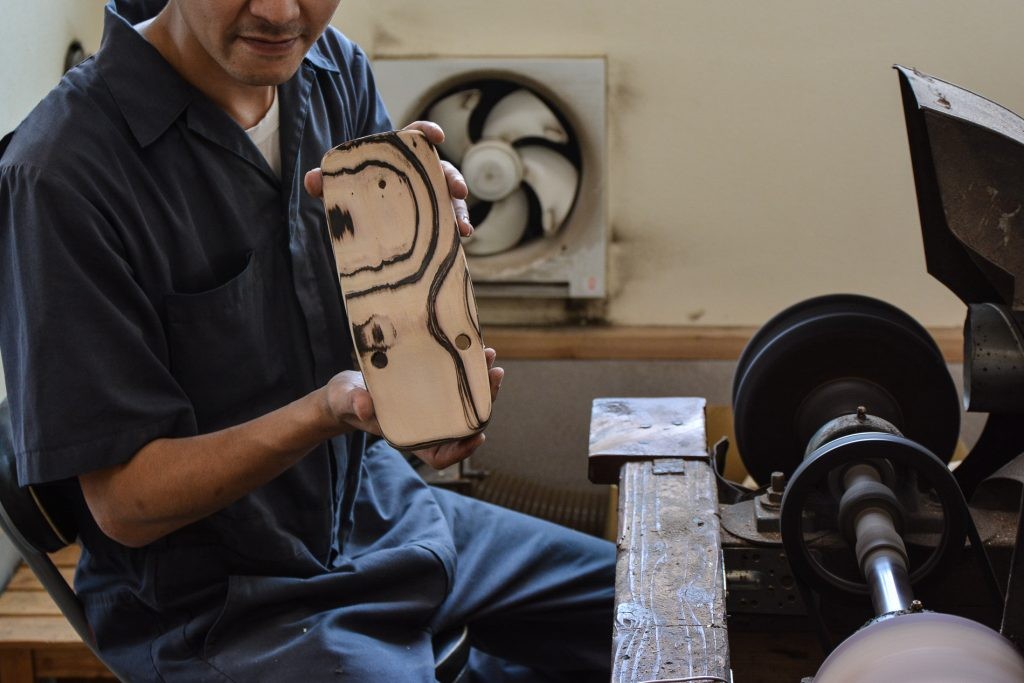
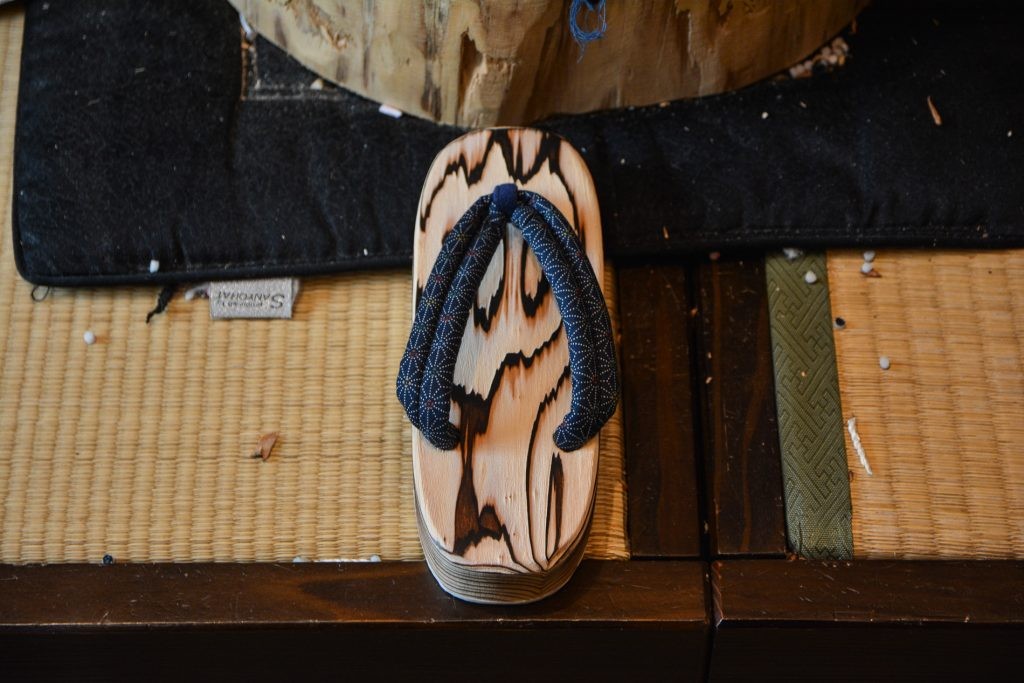
General Information of Motono-Hakimono
They don’t organize a factory tour for tourists, however, everyone can visit this small factory to see how Hita geta are made. The factory doesn’t have regular opening dates/hours, so whenever you want to visit the factory, contact them by email (only in Japanese) or ask us for help.
Translated by Aika Ikeda
Sponsored by Tourism Oita


